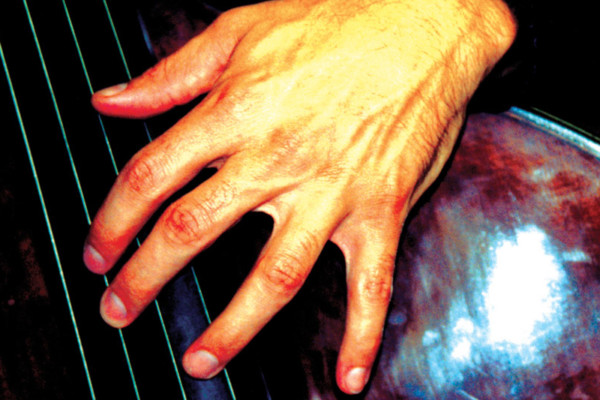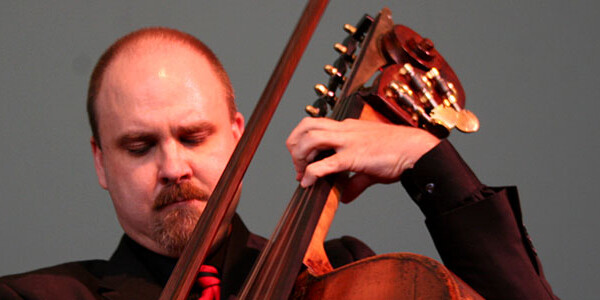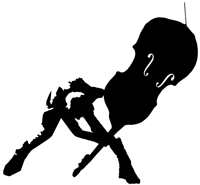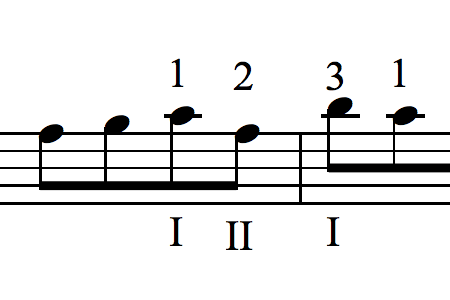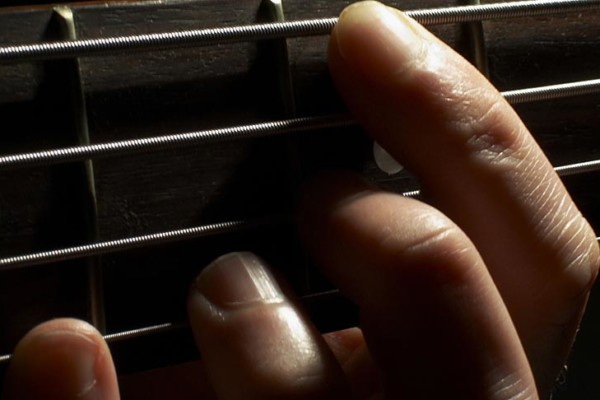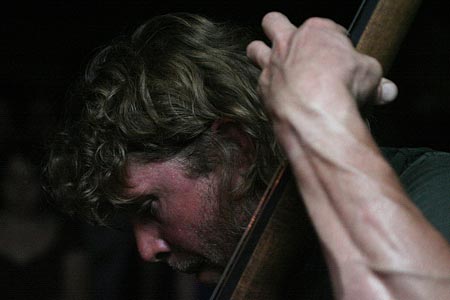Left Hand Archives - Page 4
Left Hand Technique: Pivoting
Although I advocate a traditional left hand foundation (i.e. 1-2-4 fingering system), any bassist who plays long enough will come across passages that don’t lie well using this fingering system. “Pivoting” can be an attractive solution for such passages. Often, especially when playing two consecutive notes on the same string more than a step apart (for example: A-C on the...
Left Hand Flexibility for Bassists
When playing the bass, flexibility is far more important than strength. In fact, if body mechanics and gravity are used intelligently it takes surprisingly little strength to play our instrument. Flexibility, however, is paramount to many of the things we must do well. In the left hand (or fingering hand for the lefties!) it is especially important. Lack of flexibility...
More Forked Fingering Techniques: Using the Thumb
Last time we talked about playing fourths across strings using two adjacent fingers, a concept sometimes called “forked fingering.” For example: We can, of course, use the same exact concept in the upper registers of the bass, or thumb position. For example: As mentioned before, this can be easier to execute effectively in the upper registers than in the lower...
Forked Fingering: A Guide to Comfortable Double Stops for Bassists
Playing fourths across strings on the upright bass can be fraught with problems, especially when we are playing double stops. Sometimes it is appropriate to “bar” the notes using the same finger like this: However, this can create a clamping of the hand and needless tension, which in turn limits our facility and ability to adjust quickly. Intonation can also...
Playing in One Position: A Workout Guide for Bass Players
Q: Do you have any exercises that might help with playing in one position on the fretboard? I have a hard time getting away from reorienting myself from root to root. A: I would suggest starting with exercises you’re already familiar with, and adapt them to a single position. I frequently have my students do this, and have them force...
Left Hand Dexterity Drills on Three and Four Strings
After mastering the exercises on one and two strings, you will be ready to challenge yourself with some three-string exercise, like the ones below. Some Notes: These exercises can be done pizzicato or arco. If done pizzicato, I suggest beginning each pattern using the second finger of your right hand, followed by the first (i.e. 2-1) and alternating without exception....
Left Hand Dexterity Drills on Two Strings
After you feel comfortable with the single string exercises from last time you may want to challenge yourself a bit more with the two string exercises below. Two String Left Hand Dexterity Drill Notes: These exercises can be done pizzicato or arco. If done pizzicato, I suggest beginning each pattern using the second finger of your right hand, followed by...
Single Position Left Hand Dexterity Drills for Bassists
Although scales, arpeggios and repertory are necessary for any musician’s development, etudes and exercises such as the ones below should also be part of any instrumentalist’s diet. Such exercises allow us to focus on a single aspect of technique. Single task left hand drills are essential if we desire to have true dexterity in the left hand fingers. There are...
Improving Clarity: Left Hand/Right Hand Coordination
There are several reasons why a passage may sound sloppy. One of the more prevalent ones, however, is incorrect coordination between the two hands during passages of separate (i.e. not slurred) notes. For such passages, the fingers must completely stop the string before the right hand, or bow, articulates. While studying violin pedagogy with Mimi Zweig at Indiana University she...
